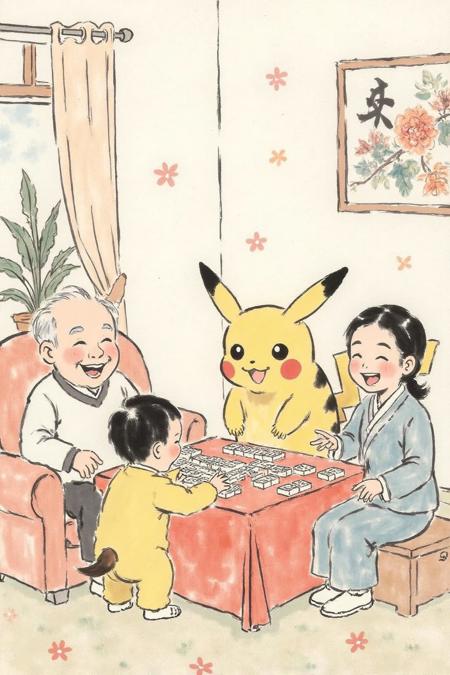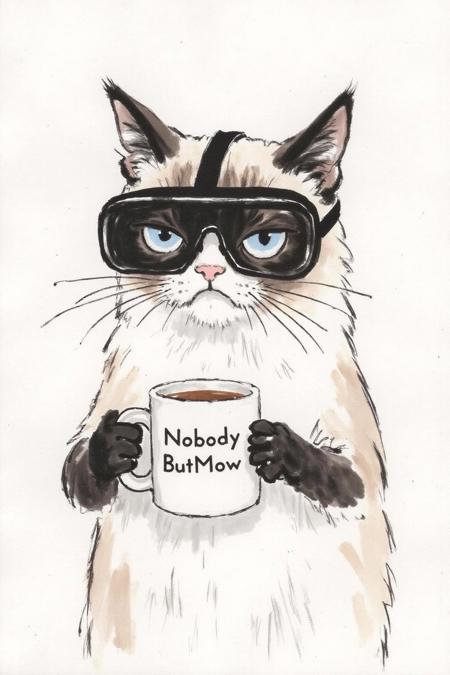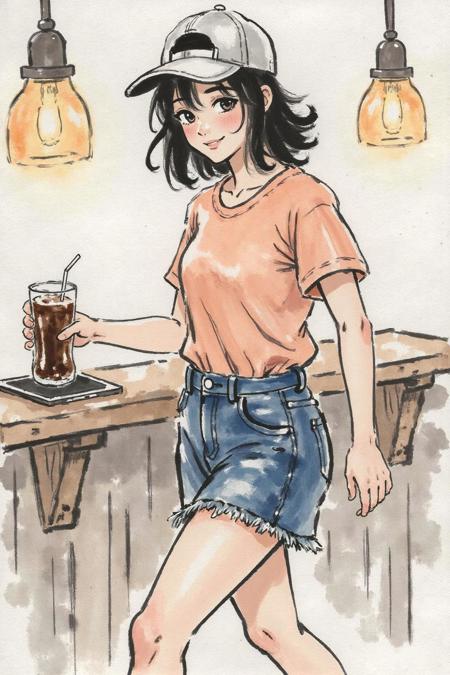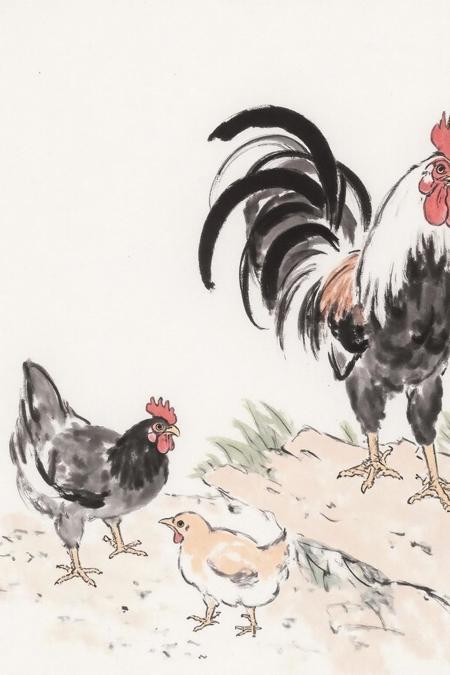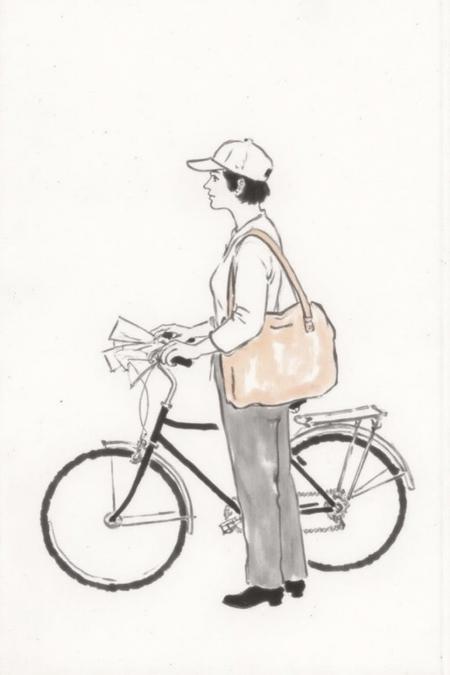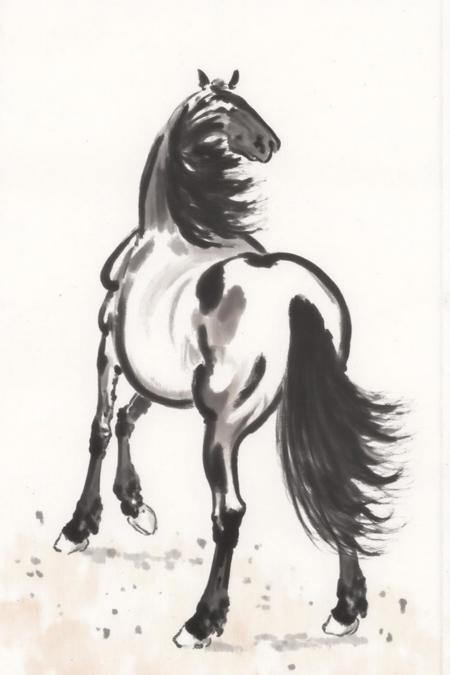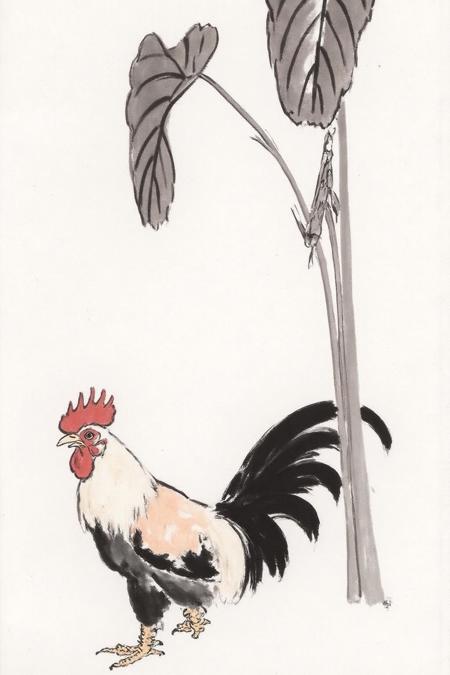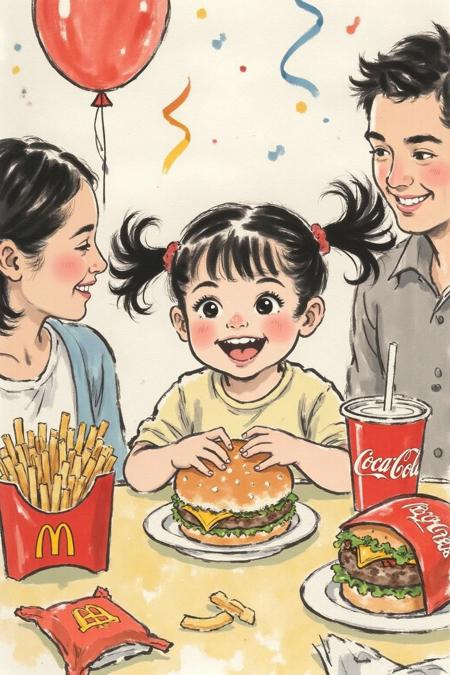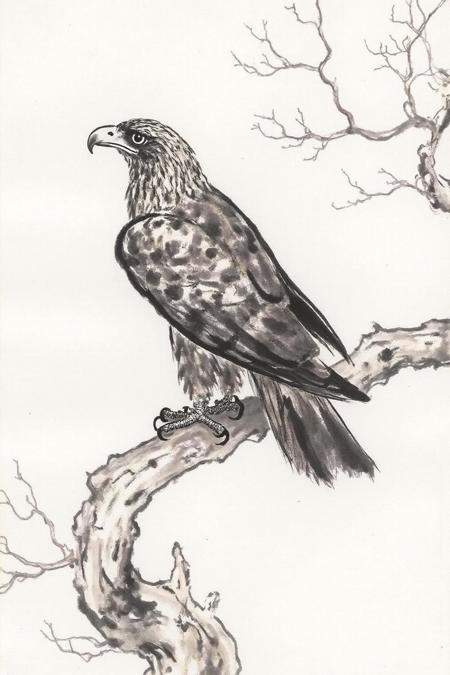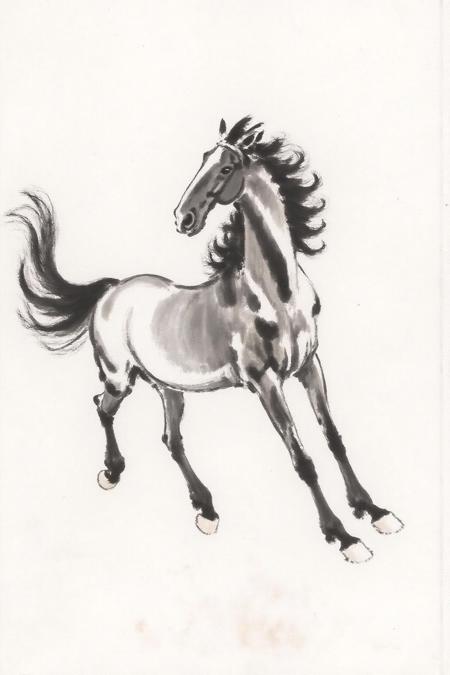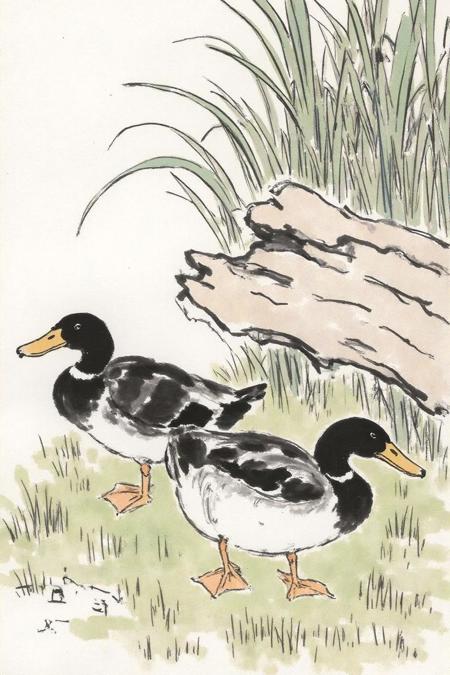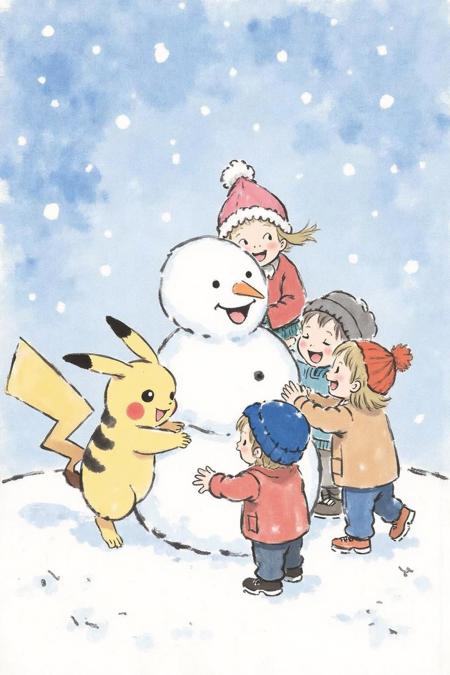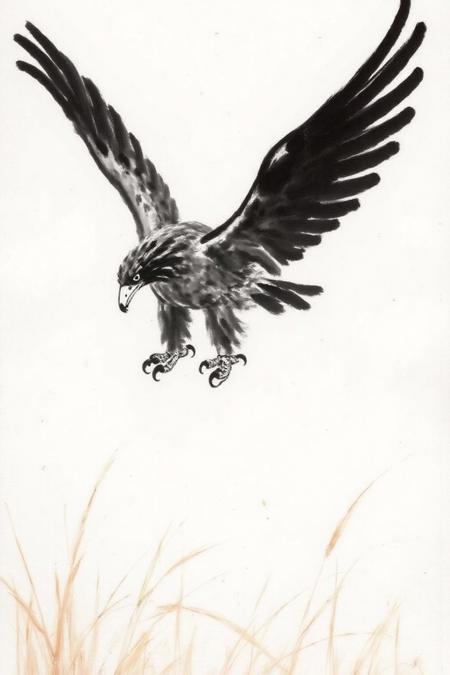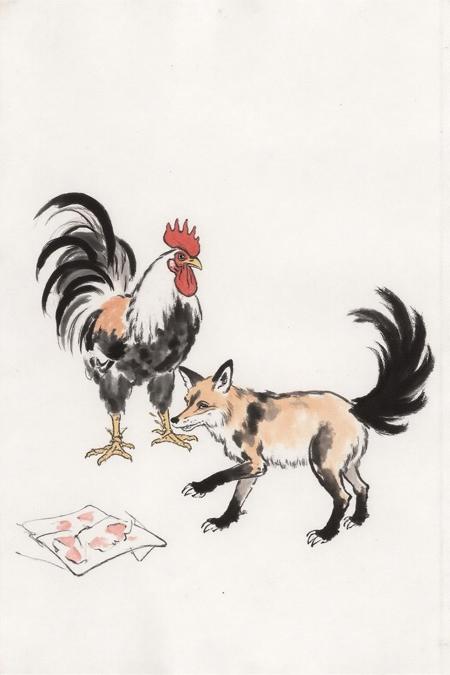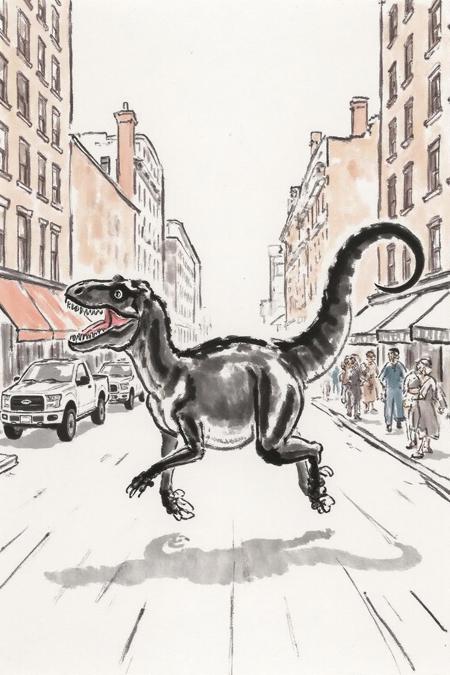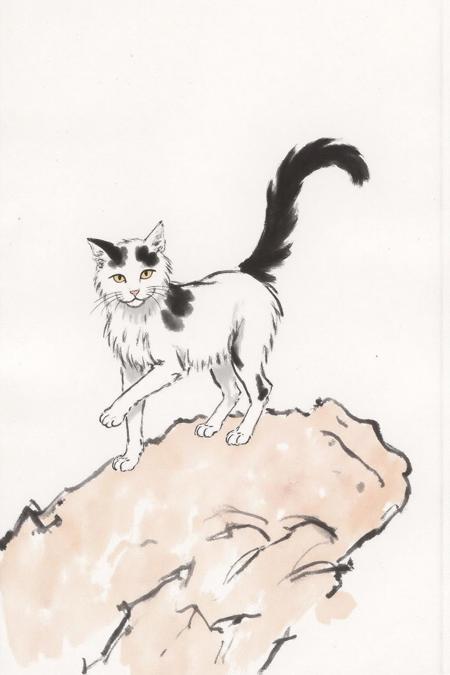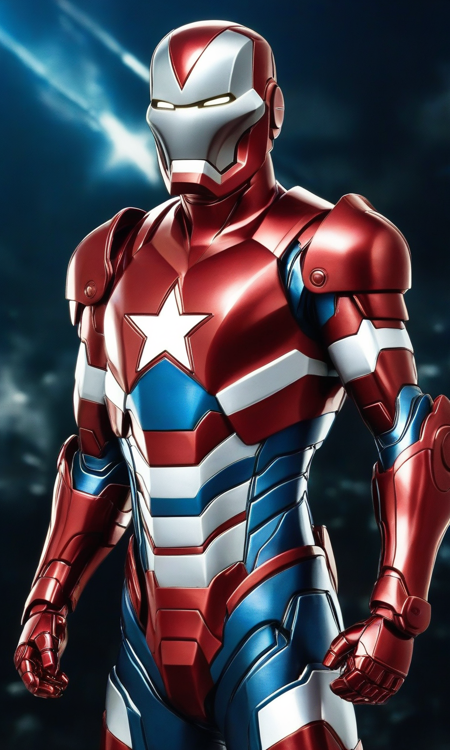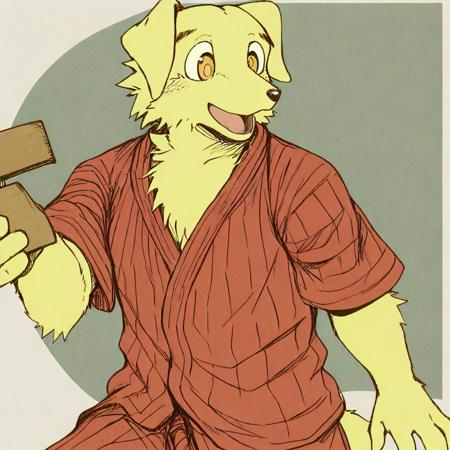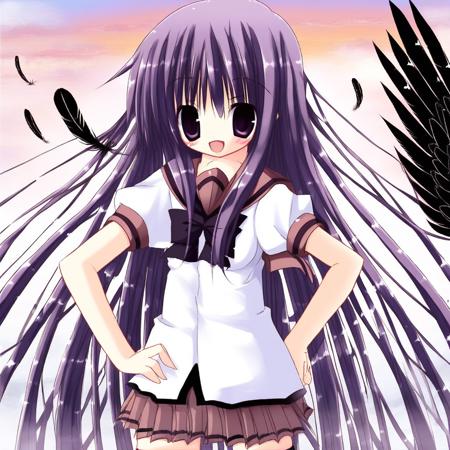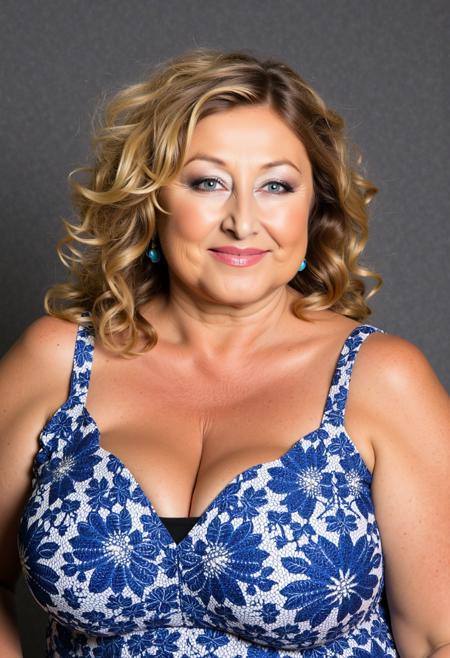
Trained on nineteen Chinese ink wash painting by Xu Beihong /徐悲鴻. All nineteen paintings depict animals: horses, eagles, ducks, etc. "The Tragically Hip" is a word play on his name 悲鴻, which means "sad/tragic grandeur" (and a tribute to the beloved Canadian band ?). Please go to https://www.wikiart.org/en/xu-beihong to see his paintings.
Even though the training set contains images of animals and plants only, the LoRA defaults to a very cute minimalist style when the prompt involves people, which is a bit unexpected.
Because the training set is of animals and plants only, this LoRA seems to work very well (can be used at full strength of 1) with other portrait LoRAs such as https://civitai.com/models/1146294/father-of-20th-century-modernism-paul-cezanne-portrait-style. See this post for this interesting combination: https://civitai.com/posts/11677732
Xu Beihong (徐悲鸿, 1895–1953)
Xu Beihong /徐悲鴻, often referred to as the father of modern Chinese painting, was a prominent Chinese artist and educator whose work helped bridge traditional Chinese art with Western artistic techniques. Known for his masterful ink paintings of galloping horses and meticulous portraits, Xu played a pivotal role in shaping modern Chinese art during the early 20th century. His legacy lies in his ability to integrate Western realism with Chinese aesthetics, creating a new visual language that resonated deeply with his contemporaries.
Early Life
-
Born: July 19, 1895, in Yixing, Jiangsu Province, China.
-
Xu Beihong grew up in a family of modest means. His father, a skilled artist and calligrapher, introduced him to traditional Chinese art at a young age.
-
Despite financial hardships, Xu’s talent and determination led him to pursue formal art education.
Education
-
Early Training in Shanghai: Xu studied at the Shanghai College of Fine Arts, where he developed his foundational skills.
-
Study Abroad in France: In 1919, he went to Paris, studying at the prestigious École des Beaux-Arts. There, he was deeply influenced by Western realism, particularly academic traditions focusing on anatomy, perspective, and light.
-
His exposure to European masters, such as Jean-François Millet, Raphael, and Rembrandt, greatly informed his artistic approach.
Artistic Style
Xu Beihong’s work is celebrated for its synthesis of Western realism and traditional Chinese techniques.
Characteristics of His Style:
-
Dynamic Brushwork:
-
Xu used bold, expressive brushstrokes typical of Chinese ink painting but infused them with Western techniques like shading and perspective.
-
His famous depictions of galloping horses demonstrate a sense of vitality and movement rarely seen in traditional Chinese art.
-
-
Realism and Precision:
-
Unlike many traditional Chinese artists, Xu emphasized realism, studying anatomy closely to achieve accurate proportions and lifelike depictions.
-
-
Symbolism:
-
His art often carried patriotic and humanistic messages, symbolizing resilience, strength, and the Chinese spirit, especially during turbulent times.
-
Signature Themes:
-
Horses: Xu’s paintings of galloping horses are his most iconic works. These dynamic animals became a metaphor for freedom, strength, and the resilience of the Chinese people.
-
Portraits: Xu excelled in portraiture, creating lifelike and deeply expressive depictions of people from all walks of life.
-
Birds and Flowers: He painted traditional Chinese subjects like sparrows, swallows, and peonies, infusing them with realism and vitality.
-
Historical and Mythological Themes: Xu also painted large-scale works depicting historical or mythological scenes, often infused with nationalistic sentiment.
Notable Works
-
-
His most famous subject, the galloping horse, showcases Xu’s ability to blend traditional Chinese brush techniques with Western anatomy and movement studies.
-
-
Tian Heng and His 500 Followers (1928–1930):
-
A large historical painting emphasizing heroism and loyalty, created during his Paris years.
-
-
Lion:
-
Another symbolic work, often interpreted as a metaphor for strength and resilience.
-
Role as an Educator
-
Advocate for Artistic Reform:
-
Xu believed that Chinese art needed to evolve to remain relevant in the modern era. He advocated for the integration of Western techniques with traditional Chinese aesthetics.
-
-
Educator:
-
Xu became a leading educator in Chinese art, teaching at prestigious institutions like the National Central University and Peking University.
-
In 1946, he became the president of the Central Academy of Fine Arts in Beijing, where he nurtured a generation of Chinese artists.
-
Legacy and Influence
-
Revival of Chinese Art:
-
Xu Beihong’s efforts to modernize Chinese painting played a crucial role in its revival during the 20th century. His work laid the foundation for contemporary Chinese art.
-
-
Cultural Patriotism:
-
His art often reflected the struggles and aspirations of China during a time of political upheaval, making him a cultural icon.
-
-
Art Exhibitions:
-
Xu organized exhibitions in China and abroad, promoting Chinese art on an international stage and fostering cultural exchange.
-
Personal Life
-
Xu Beihong was married twice. His second wife, Jiang Biwei, was a writer and artist who collaborated with him during his career.
-
He was deeply affected by the turbulent history of early 20th-century China, including the Japanese invasion and the Chinese Civil War.
Death and Legacy
-
Xu Beihong passed away on September 26, 1953, in Beijing.
-
His works are considered national treasures and are preserved in major museums, including the Xu Beihong Memorial Hall in Beijing, which was established in his former residence.
-
Xu Beihong's Legacy:
-
Known as a pioneer of modern Chinese art.
-
His integration of Western techniques and traditional Chinese themes remains a model for contemporary Chinese artists.
-
His paintings continue to fetch high prices at auctions and are widely studied in art history.
-
Famous Quotes
-
"Art must reflect life, but also transcend it."
-
"A painting should move the soul, just as music or poetry does."
Xu Beihong remains a towering figure in Chinese art history, remembered not only for his technical brilliance but also for his passionate efforts to rejuvenate and modernize Chinese art during a pivotal era.
描述:
This is epoch 12, the rest are here: tensor. art/models/818785831071262084/Xu-Beihong-Ink-Wash-1-CapD6Co5-2025-01-15-00:43:36-Ep-12
FLUX.1 - dev-fp8
Trigger: xbh1 ink wash painting
Repeat 20 Epoch 12
Unet LR: 0.0005 Scheduler: cosine Optimizer: AdamW
Network Dim: 6 Alpha: 3
-
Epoch Loss
-
1 0.386
-
...
-
3 0.376
-
4 0.370
-
5 0.358
-
6 0.349
-
7 0.338
-
8 0.311
-
9 0.310
-
10 0.300
-
11 0.300
-
12 0.293 <- lowest
训练词语: xbh1 ink wash painting,xbh1 minimalist ink painting
名称: xbh1_cap_d6a3e12.safetensors
大小 (KB): 56200
类型: Model
Pickle 扫描结果: Success
Pickle 扫描信息: No Pickle imports
病毒扫描结果: Success
名称: Xu.Beihong.training.set.and.other.artworks.zip
大小 (KB): 8575
类型: Training Data
Pickle 扫描结果: Success
Pickle 扫描信息: No Pickle imports
病毒扫描结果: Success

